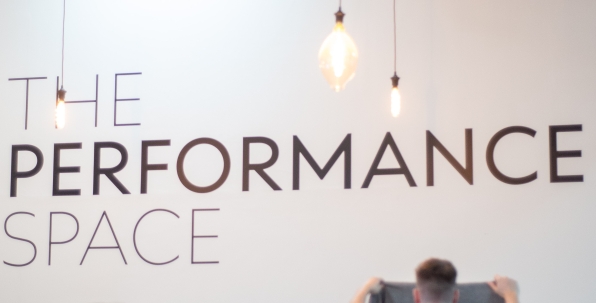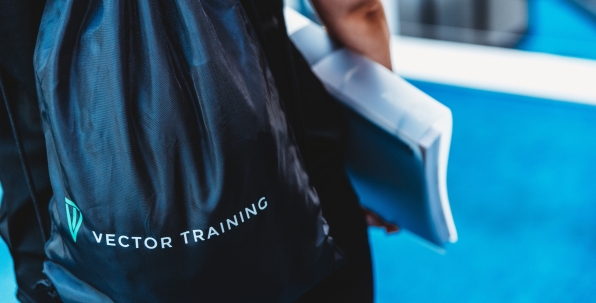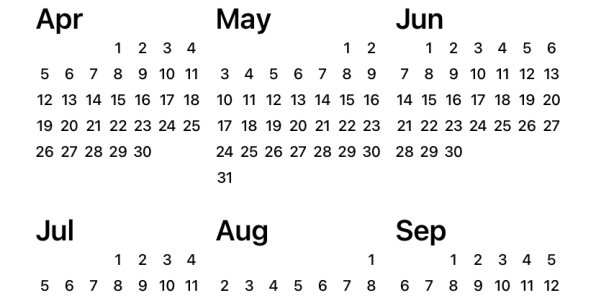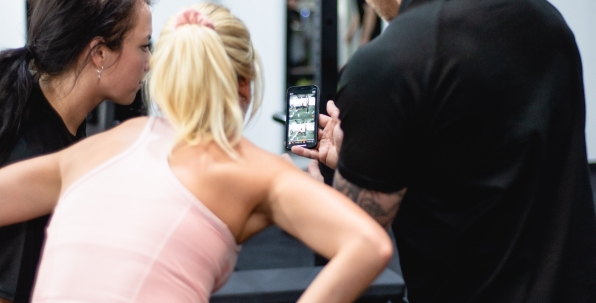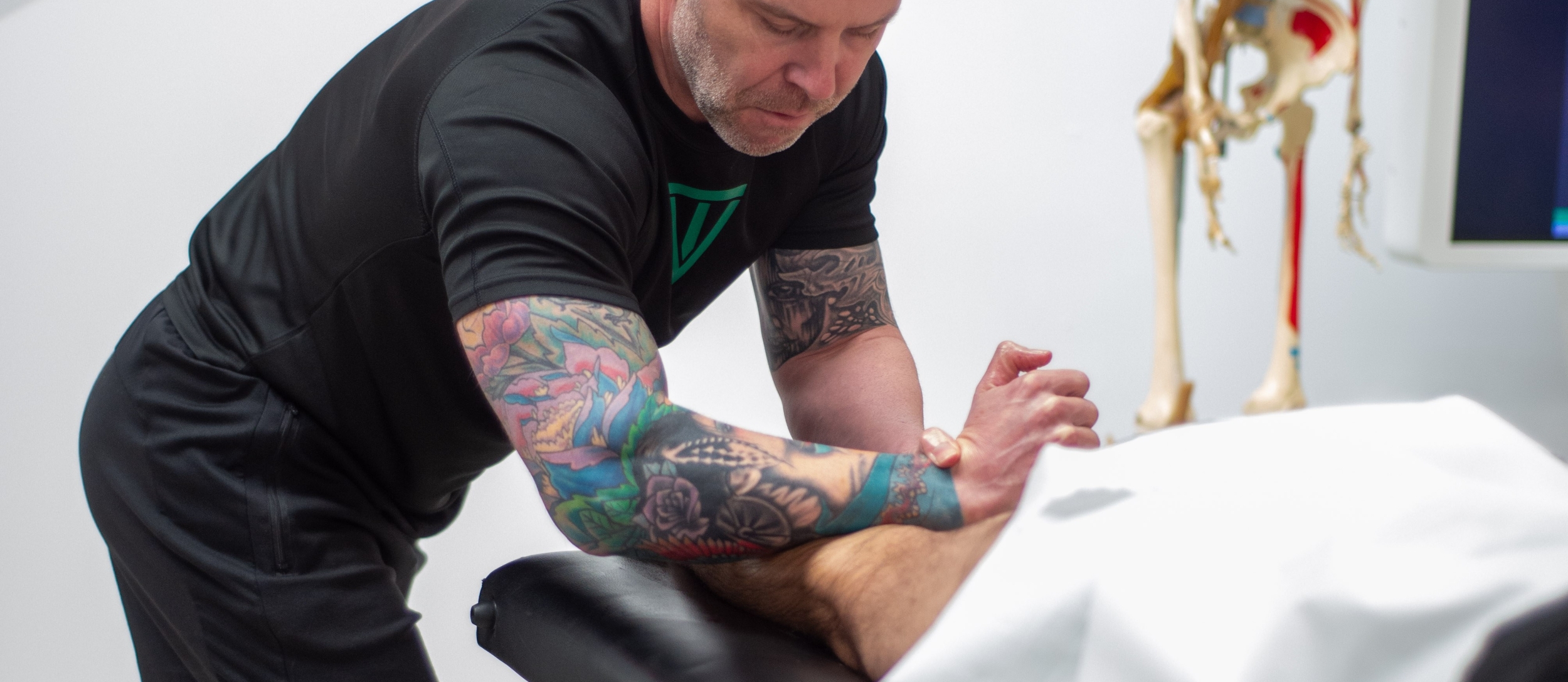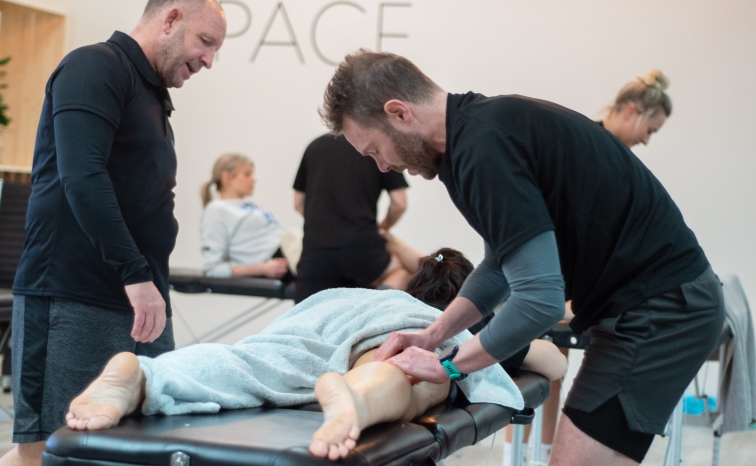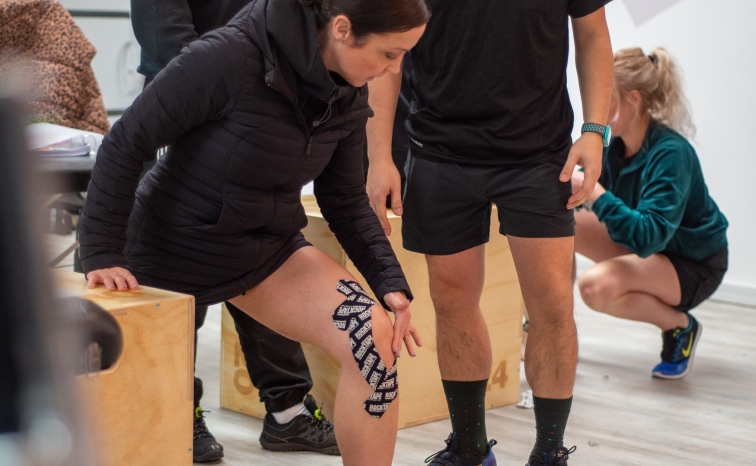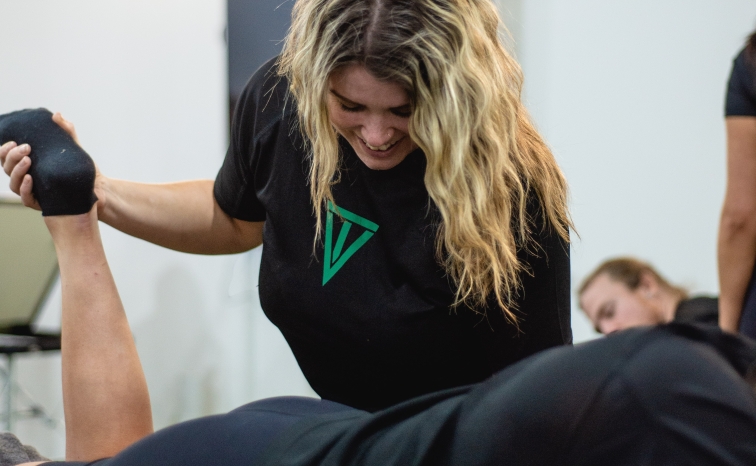As a Level 3 Sports Massage Therapist, it's essential to have a comprehensive understanding of the difference between muscle soreness and injury, and your professional boundaries for providing treatments for clients. This knowledge allows you to provide accurate assessments, effective treatments, and establish professional referrals for your clients. In this blog post, we'll explore the distinction between soreness and injury, and discuss the importance of maintaining professional boundaries in your practice.
Differentiating Soreness and Injury
Muscle Soreness:
Muscle soreness is a common occurrence after physical activity, especially when it involves new or intense exercises. It is typically characterised by a dull, achy feeling in the muscles and is often referred to as delayed onset muscle soreness (DOMS). DOMS typically sets in 24-48 hours after exercise and gradually subsides within a few days.
Causes of muscle soreness can include:
- Eccentric Exercise: Eccentric exercise, where the muscles lengthen under tension, such as lowering a weight during a bicep curl, can result in muscle soreness.
- Microscopic Muscle Damage: Intense exercise can cause microscopic damage to muscle fibres, leading to soreness as the body repairs and adapts.
- Metabolic Waste Buildup: During exercise, metabolic waste products, such as lactic acid, can accumulate in the muscles, contributing to soreness.
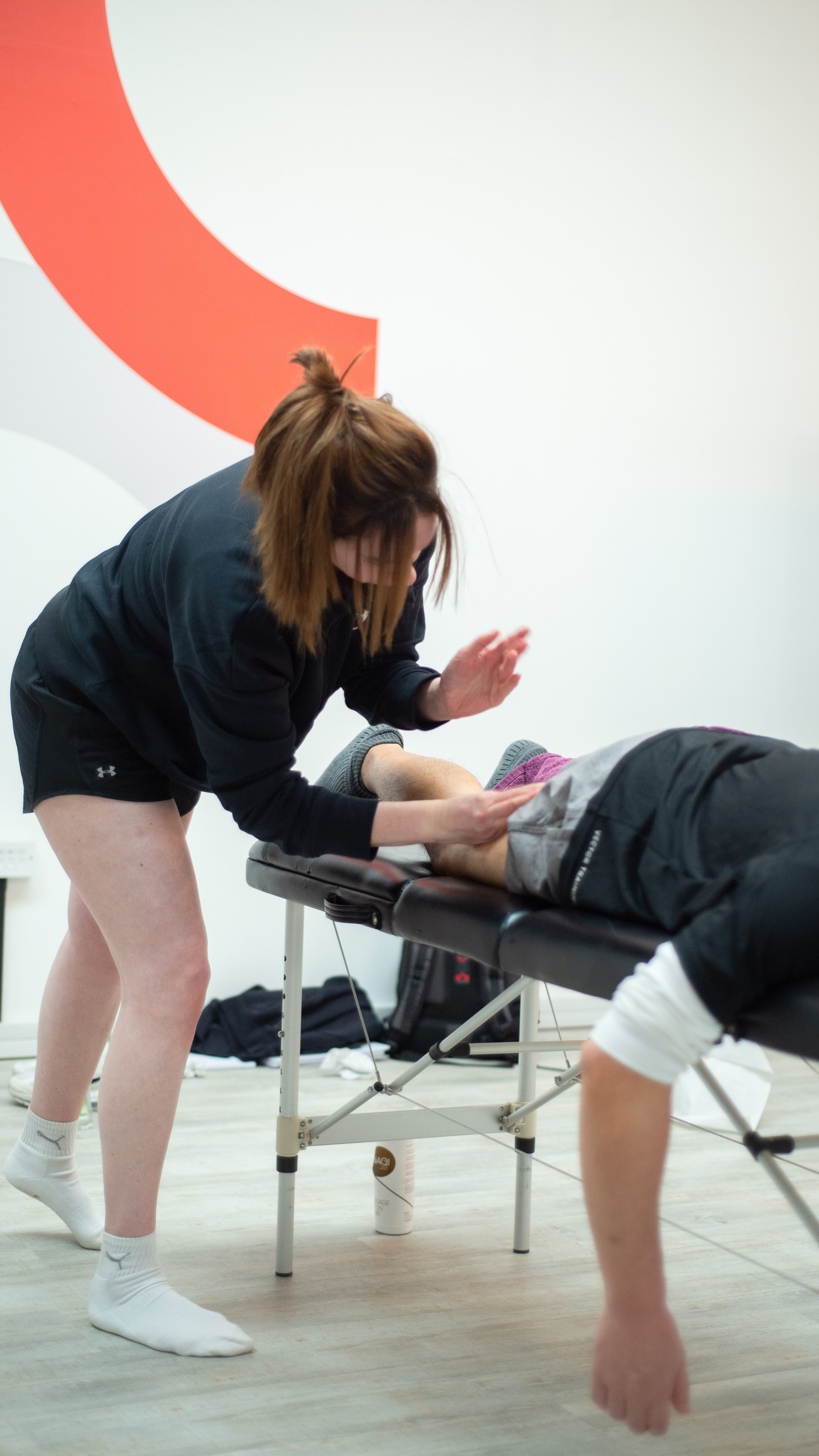
Injury:
Injury, on the other hand, involves damage to the body's tissues that impairs normal function and requires appropriate medical attention. Unlike muscle soreness, injury symptoms are typically more severe and may include:
- Acute Pain: Sudden, sharp pain during or immediately after exercise that persists and worsens over time.
- Swelling and Inflammation: Visible swelling, redness, or inflammation in the affected area.
- Limited Range of Motion: Difficulty or inability to move the affected body part through its full range of motion.
- Persistent Discomfort: Prolonged pain that doesn't subside with rest, recovery, or basic self-care measures.
Understanding Professional Boundaries
As a Level 3 sports massage therapist, it's crucial to understand what treatments you can and can’t provide for clients.
These boundaries help create a safe and ethical environment and ensure that you provide appropriate care within your scope of practice. As a Level 3 Sports Massage Therapist you are qualified and insurable to provide pre and post event treatments, as well as longer maintenance sports massage treatments (you can see what treatments you can provide once qualified at Level 4 here).
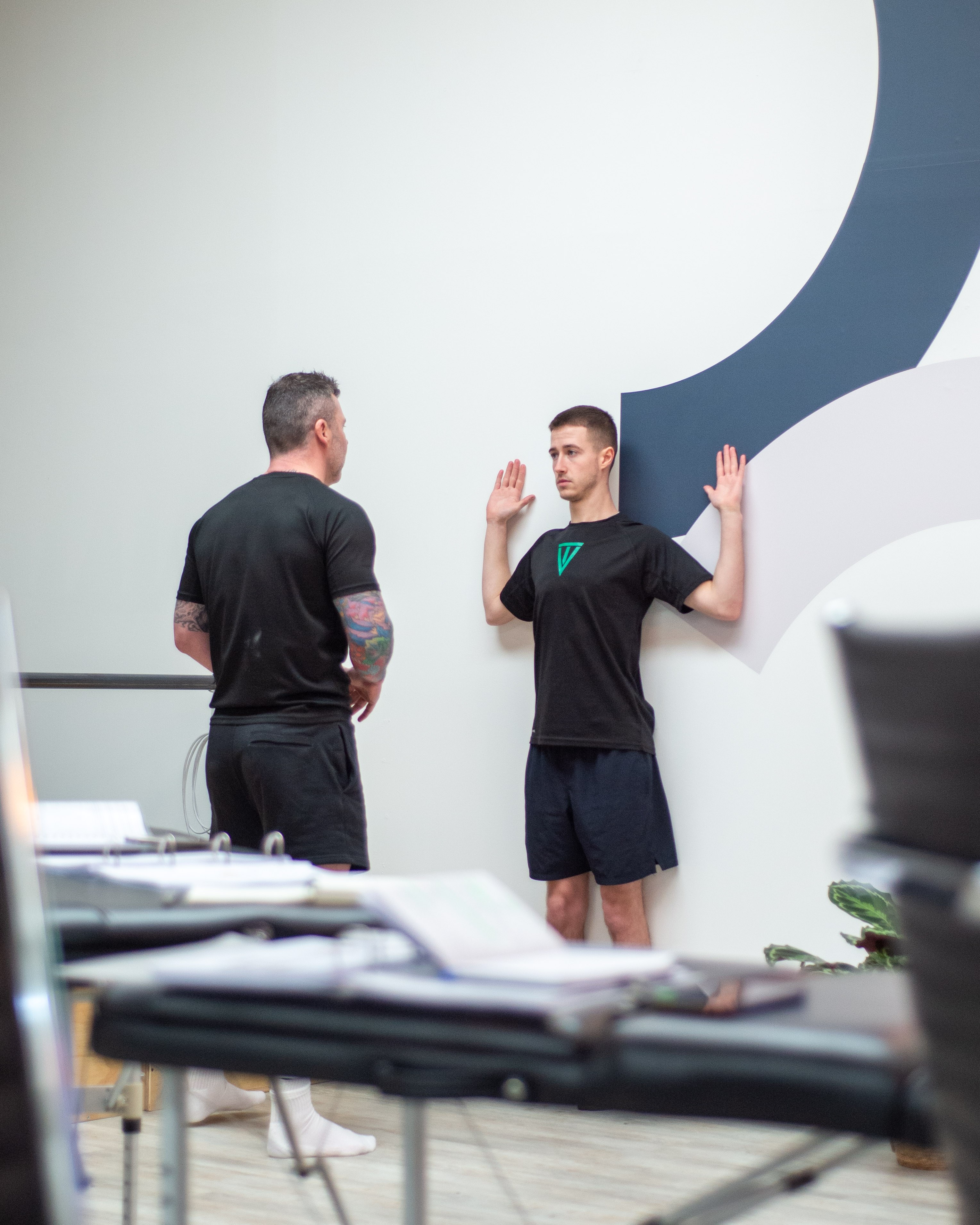
Here are some key considerations for maintaining professional boundaries:
- Referral Process: Recognise the limits of your knowledge and skills. If a client presents with symptoms that suggest an injury beyond your scope of practice, refer them to a qualified healthcare professional, such as a physician, physiotherapist, or a higher level sports therapist.
- Informed Consent: Obtain informed consent from your clients before providing any treatment. Clearly explain the nature of the treatment, potential risks, benefits, and any limitations you may have in addressing certain conditions.
- Continual Education: Stay up to date with the latest research, best practices, and professional guidelines in sports massage therapy. Engage in continual education and seek opportunities to enhance your knowledge and skills. This could be in the form of the Level 4 Certificate in Sports Massage Therapy.
- Scope of Practice: Familiarise yourself with the specific regulations and guidelines governing sports massage therapy in your jurisdiction. Understand the limitations of your scope of practice and avoid attempting treatments or techniques that are outside your training or qualifications.
- Documentation and Record-Keeping: Maintain accurate and detailed records of your clients' assessments, treatments, and progress. This documentation serves as a valuable reference and legal protection for both you and your clients.
- Professional Network: Build relationships with other healthcare professionals in related fields local to you and your clients. Collaborate and communicate with them when necessary to ensure the best possible care for your clients.
Conclusion
Differentiating between muscle soreness and injury is crucial for a Level 3 sports massage therapist. Understanding the signs and symptoms of each allows you to provide appropriate treatments and make informed decisions regarding client care.
Additionally, maintaining professional boundaries helps create a safe and ethical practice, ensuring that you deliver effective care within your scope of practice. By prioritising your clients' well-being and continuously expanding your knowledge, you can establish yourself as a trusted and competent sports massage therapist.

